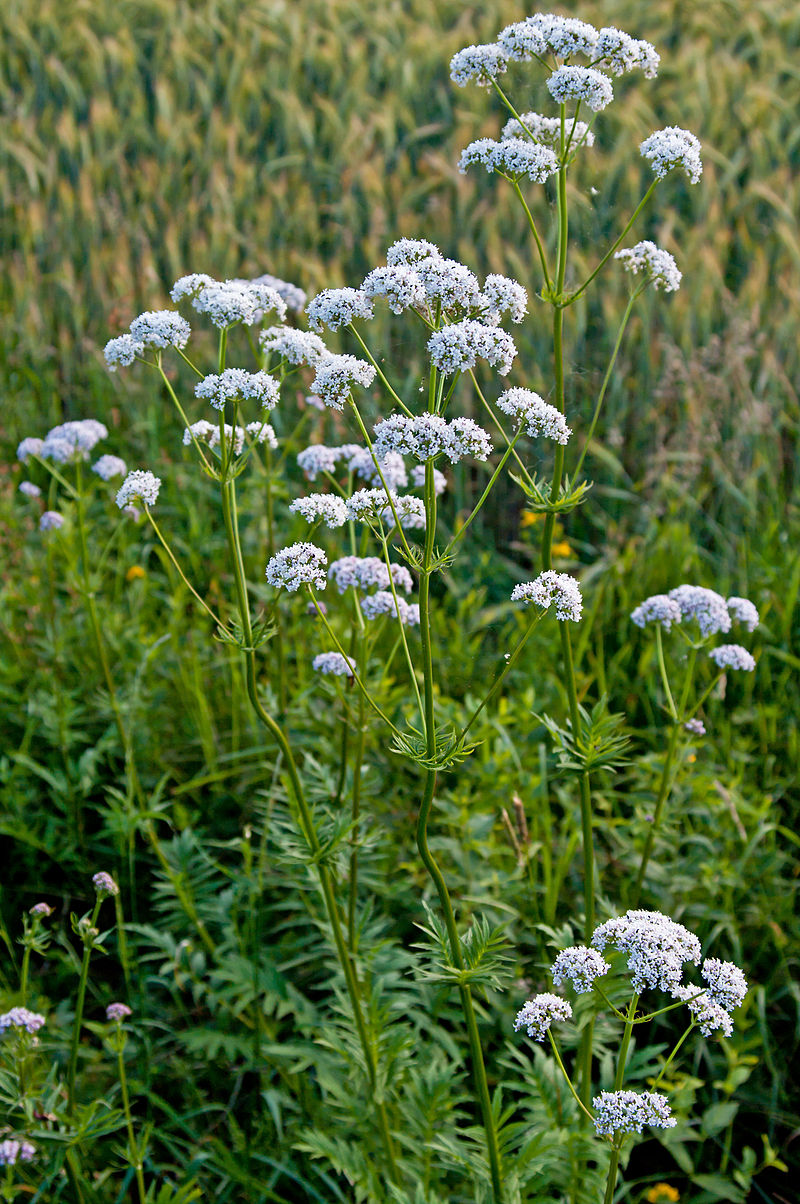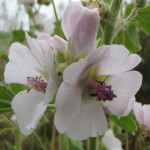Did you ever wonder why stereotypical movie “witches” scurry off into the woods in search of herbs? What could they find in the forest that was not already growing in their gardens or surrounding fields? It’s no movie cliché. There are valuable herbs that grow in marshy areas and along the banks of streams.
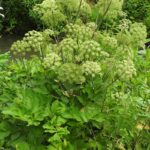 Angelica – (Angelica archangelica) A biennial hardy through zone 4 that grows to 7 feet in its second year, it can be found in moist shady areas. Angelica has been used worldwide both medicinally and as a culinary herb for centuries. It was also thought to be effective in warding off evil spirits and witches.
Angelica – (Angelica archangelica) A biennial hardy through zone 4 that grows to 7 feet in its second year, it can be found in moist shady areas. Angelica has been used worldwide both medicinally and as a culinary herb for centuries. It was also thought to be effective in warding off evil spirits and witches.
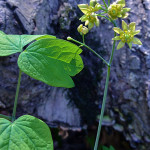 Blue Cohosh – (Caulophyllum thalictroides) Also known as Squaw Root and Papoose Root, this perennial was long used by Native Americans as an abortificant and contraceptive. It is widespread in Eastern North America stretching from Canada to the southern United States. Blue cohosh is a woodland understory plant preferring moist shade or the banks of shady streams.
Blue Cohosh – (Caulophyllum thalictroides) Also known as Squaw Root and Papoose Root, this perennial was long used by Native Americans as an abortificant and contraceptive. It is widespread in Eastern North America stretching from Canada to the southern United States. Blue cohosh is a woodland understory plant preferring moist shade or the banks of shady streams.
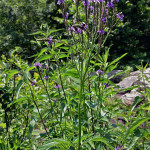 Blue Vervain – (Verbena hastata). Another North American native found in the Great Plains and hardy in zones 4 through 9. It thrives in moist meadows and river bottoms. Blue vervain is reputed to have healing properties but there is no scientific proof that it does.
Blue Vervain – (Verbena hastata). Another North American native found in the Great Plains and hardy in zones 4 through 9. It thrives in moist meadows and river bottoms. Blue vervain is reputed to have healing properties but there is no scientific proof that it does.
Marshmallow – (Althea officinalis) – A very unusual plant, marshmallow grows in saltwater marshes and brackish areas but also does well in an herb garden if kept well-watered. All parts of the plant have medicinal properties. The root was used by Egyptians to make a sweet similar to our marshmallows. It is a perennial hardy in zones 3 through 7.
 Stinging Nettle – (Urtica dioica). True to its name, the stinging nettle is covered with stiff hairs that “sting” when touched. It should be handled while wearing gloves because it can cause an itchy rash in some people. The plant is very nutritious and can be safely consumed in the spring before it develops its hairy covering. Drunk as a tea, it stops bleeding both internally and externally. Stinging nettles are commonly found in moist meadows and along the edges of streams. The plants are hardy in zones 3 through 10.
Stinging Nettle – (Urtica dioica). True to its name, the stinging nettle is covered with stiff hairs that “sting” when touched. It should be handled while wearing gloves because it can cause an itchy rash in some people. The plant is very nutritious and can be safely consumed in the spring before it develops its hairy covering. Drunk as a tea, it stops bleeding both internally and externally. Stinging nettles are commonly found in moist meadows and along the edges of streams. The plants are hardy in zones 3 through 10.
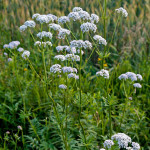 Valerian – (Valeriana officinalis) Used since ancient times to promote sleep, this perennial grows in moist meadows and woodlands. It is hardy in zones 4 through 8. Interestingly, it contains a chemical that attracts rats and it is thought that the Pied Piper of Hamlin actually used valerian to lure the rats from town rather than his flute.
Valerian – (Valeriana officinalis) Used since ancient times to promote sleep, this perennial grows in moist meadows and woodlands. It is hardy in zones 4 through 8. Interestingly, it contains a chemical that attracts rats and it is thought that the Pied Piper of Hamlin actually used valerian to lure the rats from town rather than his flute.
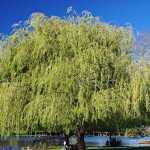 Willow – (Genus Salix) There are many species of willows and they all contain the chemical salicin, the active ingredient in aspirin. The leaves and inner bark of the trees can be boiled to make a tea that is drunk to relieve pain. The branches can be woven into attractive baskets. Willows send out a network of roots to seek out water so they are often used to hold the soil along streams and ditches.
Willow – (Genus Salix) There are many species of willows and they all contain the chemical salicin, the active ingredient in aspirin. The leaves and inner bark of the trees can be boiled to make a tea that is drunk to relieve pain. The branches can be woven into attractive baskets. Willows send out a network of roots to seek out water so they are often used to hold the soil along streams and ditches.
If you are fortunate enough to have a stream running through your yard, a low wet area or even just an ornamental pond, you can grow some classic medicinal herbs.

